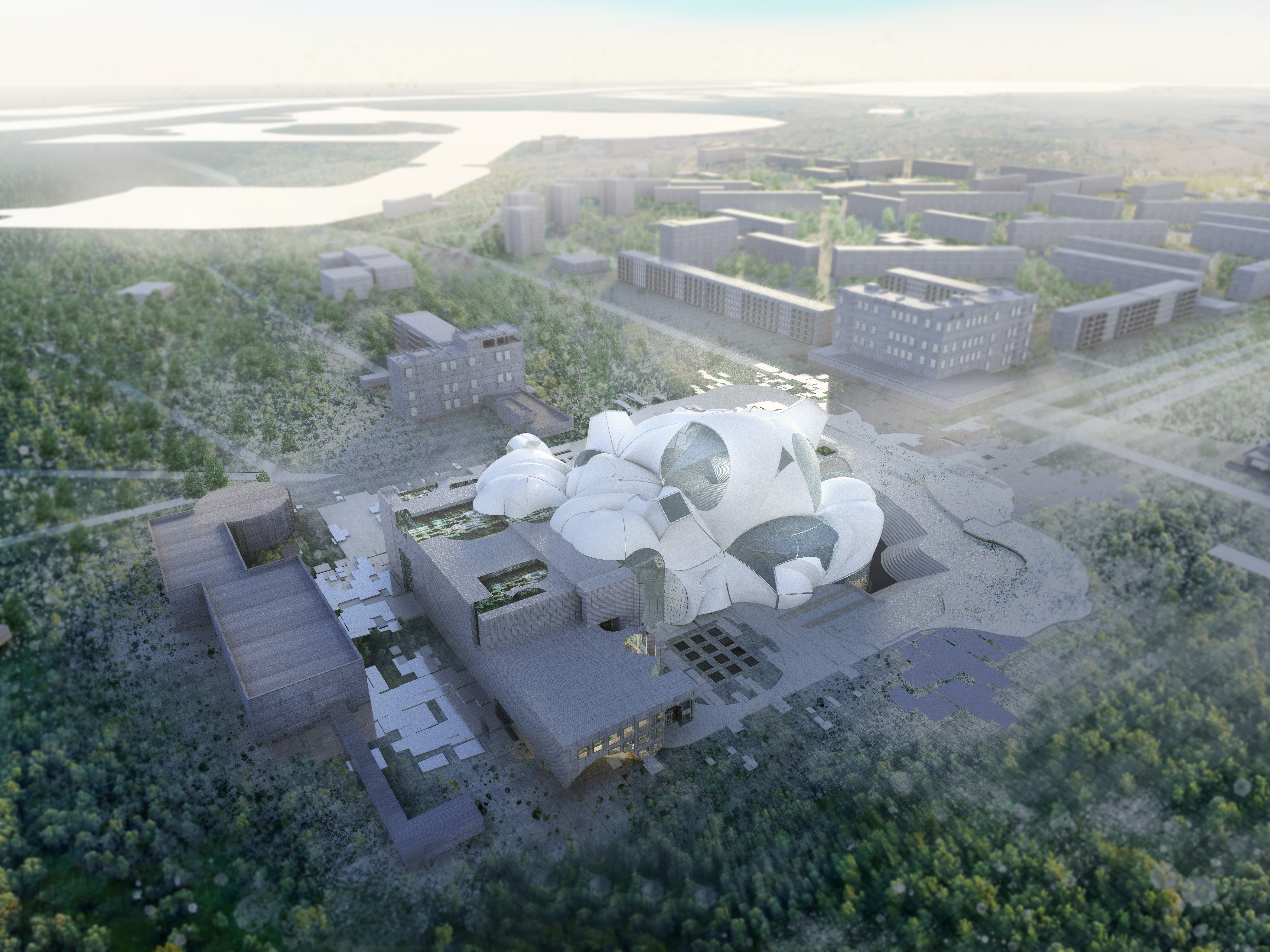Mirabilia,
Chernobyl
Master Thesis
In the age of the Anthropocene, no territory is left untouched by human influence and some of them are extremely exploited. The Exclusion Zone in Chernobyl with a surface of 2.600 km2 is today one of the most radioactively contaminated areas in the world; this desolate zone of trauma is a result of the relationship that materiality and ideology share in the creation of the contemporary archaeological landscape.


Perceived as an artificial layered landscape whose human use has expired, Chernobyl pose a major reprogramming challenge: we must start to develop architectural paradigms and technologies that cooperate with and embrace, rather than dominate, natural imperatives. There should be a logic of co-evolution of natural and artificial systems, where through a cognitive architecture that touches the land lightly, a new proposal for a re-evaluation of the environment and the next human generation with its ethico-political approach has to be put on the table.






“The storytellers have not imagined that the Sleeping Beauty would be awakened covered by a thick layer of dust; no more have they dreamed of the sinister spiders’ webs that at thefirst movement of her brown hair would have torn. Nevertheless the sad nappes de pous- sière endlessly invade earthly dwellings and make them uniformily dirty; as if attics an old rooms were planned for the next entry of obsessions, of phantoms, of larvae living andinebriated by the worm-eaten smell of the old dust. When the big girls ”good for anything” arm themselves, each morning, with a big feather duster, or even with a vacuumcleaner, they are perhaps not entirely ignorant that they contribute as much as the most positive savants to keeping off the evil phantoms that sicken cleanliness and logic. One day or another, it is true, dust, if it persists, will probably begin to gain ground over servants, invading the immense rubbish of abandoned buildings, of deserted docks: and in this di-stant epoch there will be nothing more to save us from nocturnal terrors.”
Georges Bataille
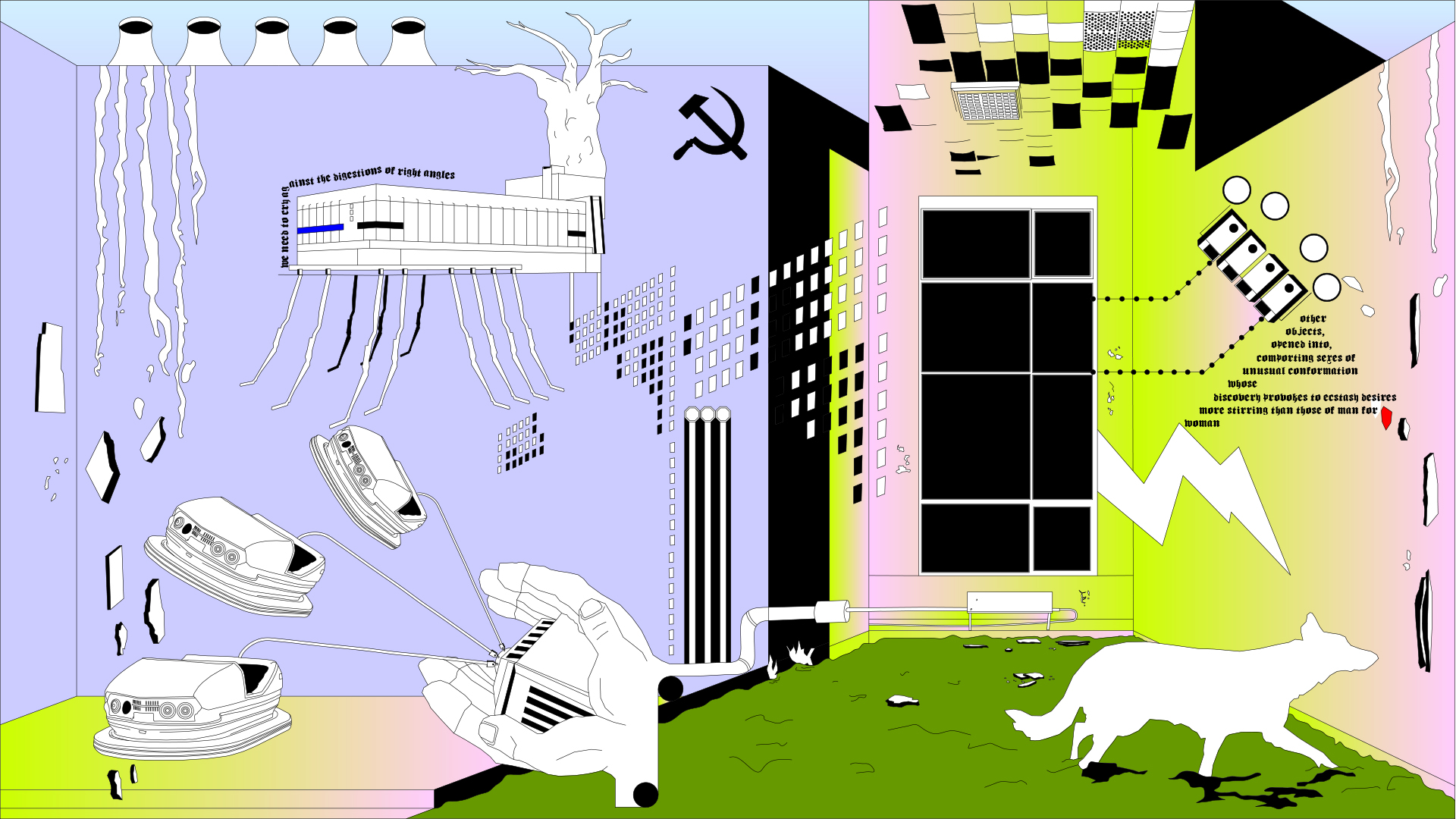
Built in 1970 and completed in 1979 , Pripyat was one of the USSR's brightest examples of the “Atomograd” (Russian for “atom city”), a small modernist industrial city (from 30,000 to 80,000 inhab- itants) designed in relation to, and dependent on, the nearby nuclear plant. Such cities with giant reactor parks emerged in the 1960s and 70s as public projects, mainly in the Western parts of the Soviet Union. With few exceptions, they were all situated amidst agrarian land- and riverscapes, which Soviet engineers and planners regarded as appropriate for the construction of nuclear power plants.

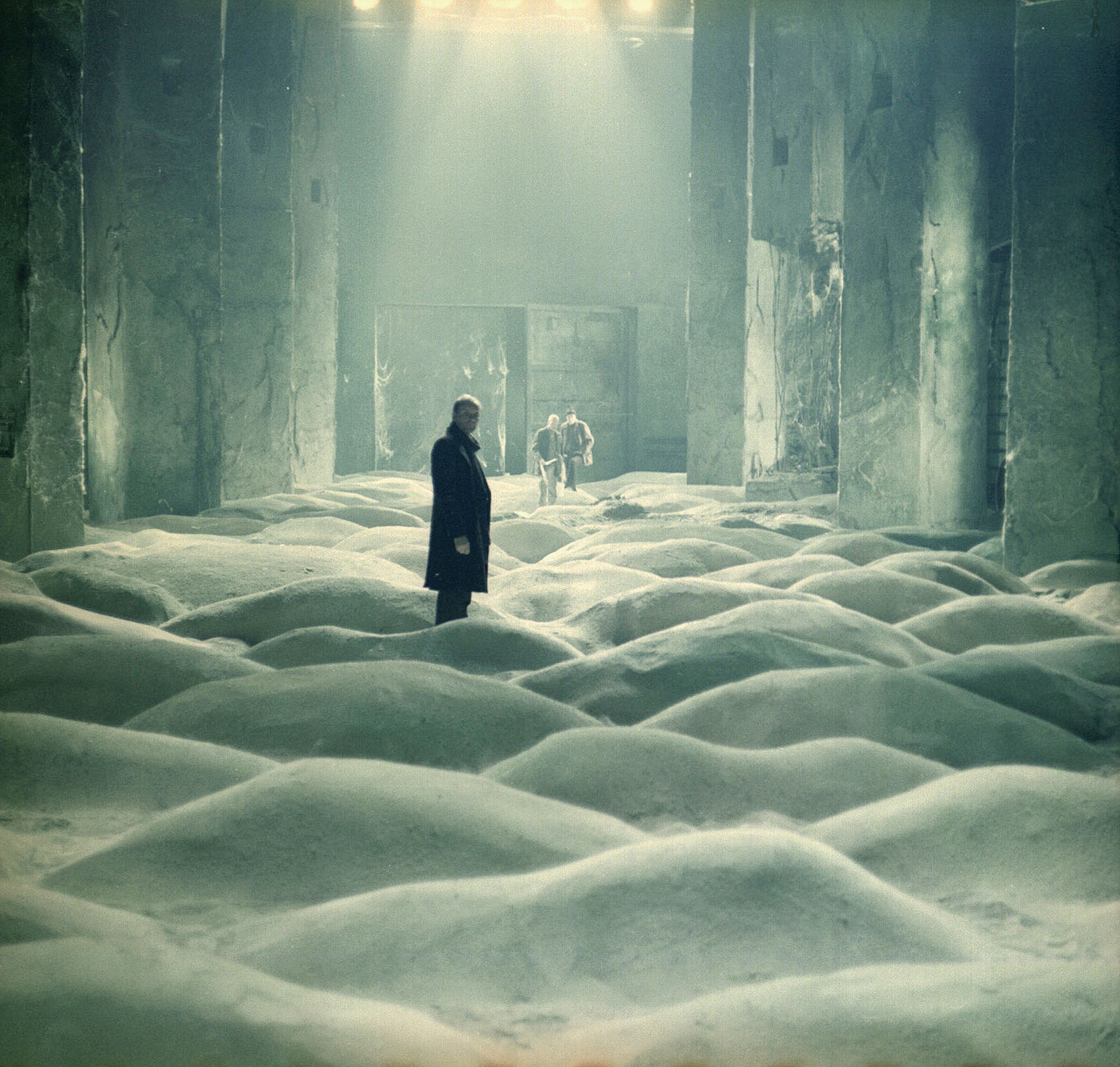
The "Zone," an area in which the normal laws of reality do not apply. The Zone contains a place called the "Room," said to grant the wishes of anyone who steps inside. The area containing the Zone is sealed off by the government and great hazards exist within it.
Stalker, Andrei Tarkovsky
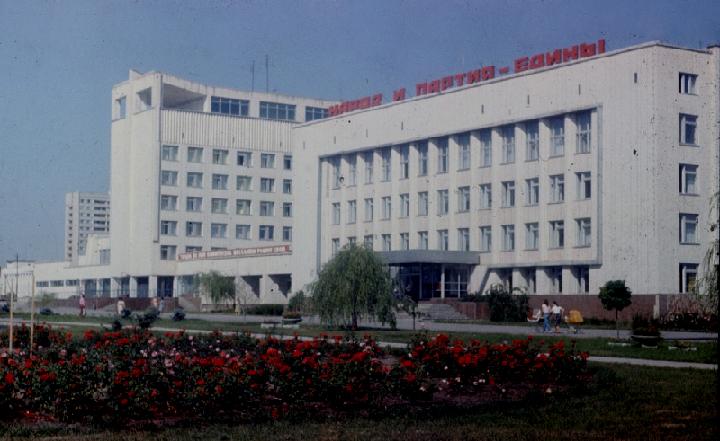

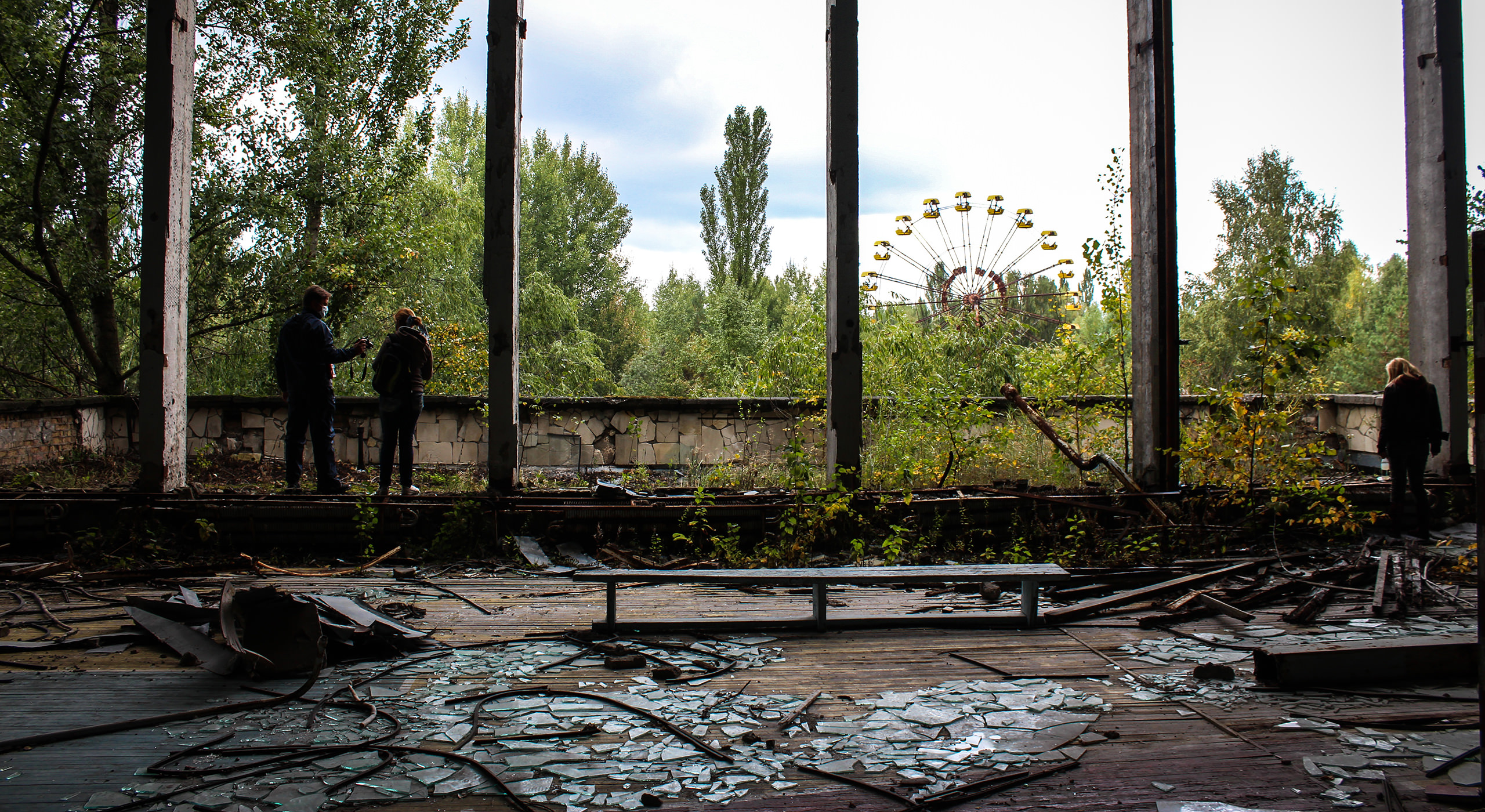

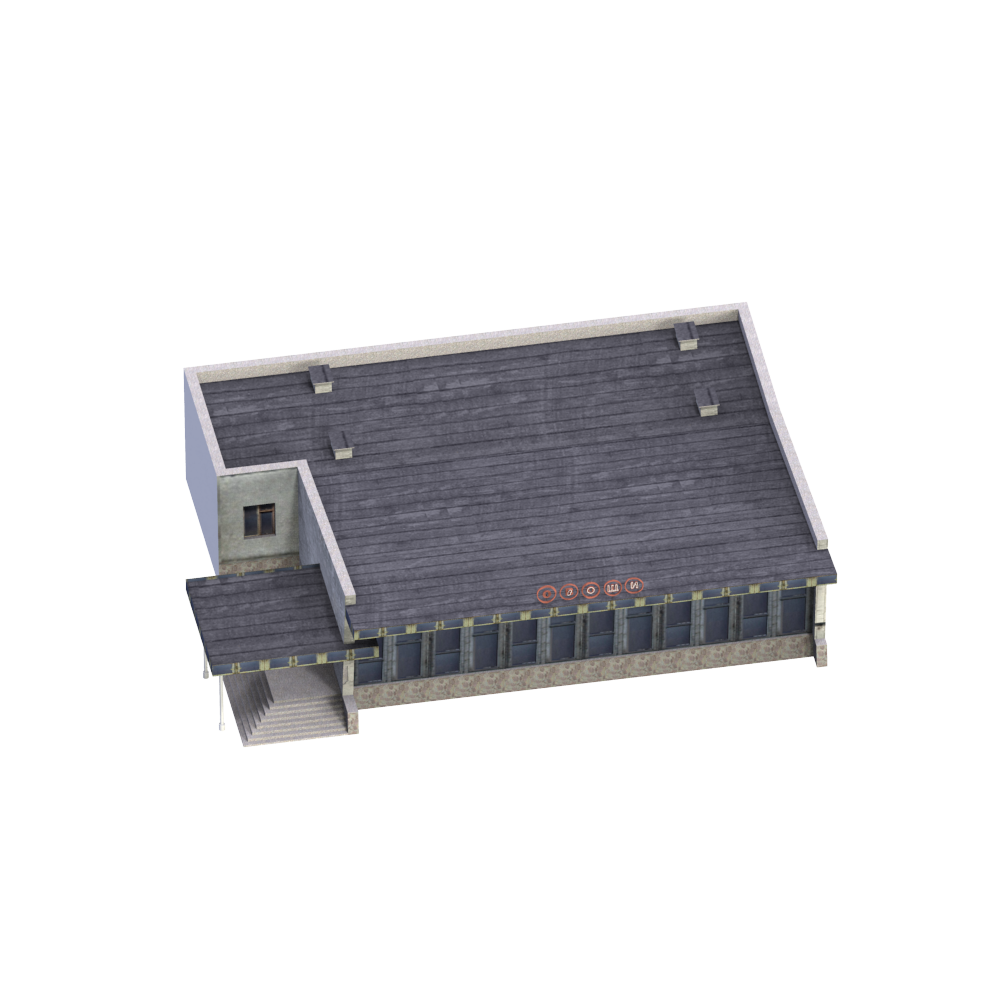

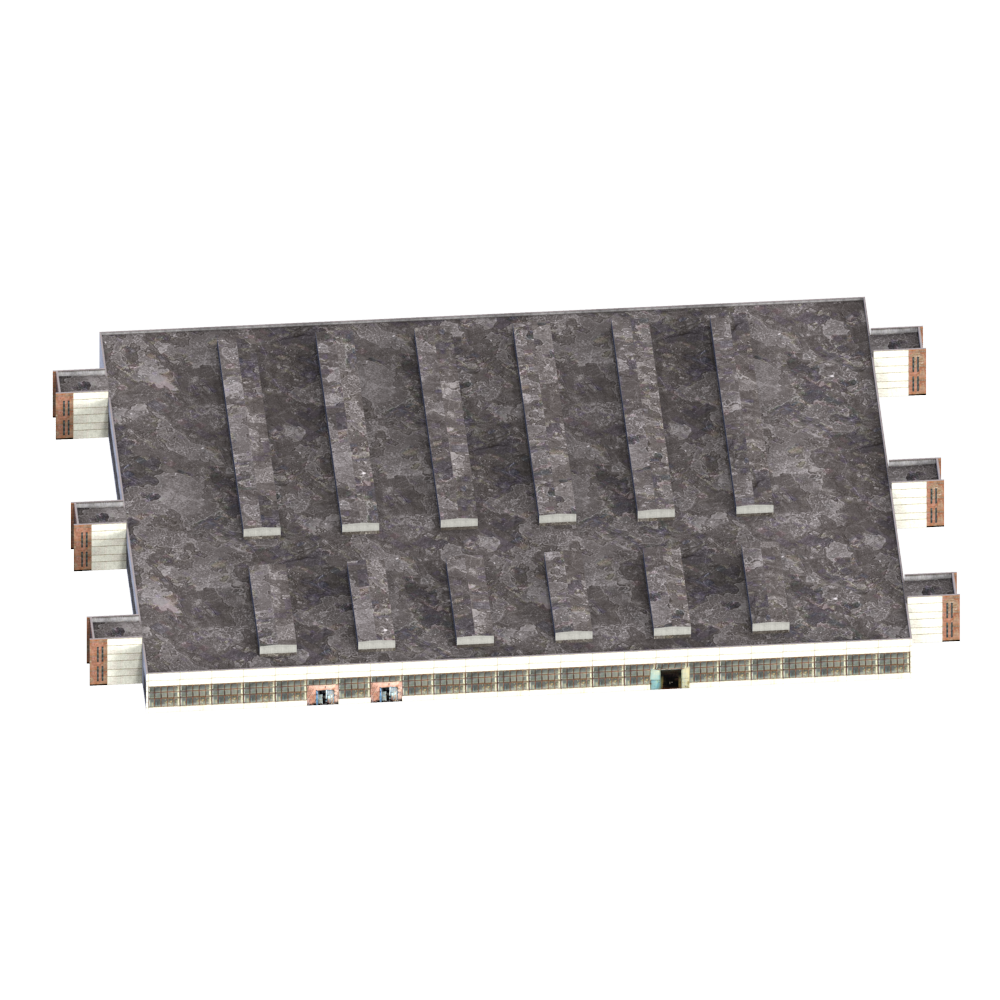

After the 1986 "greatest psychological disaster in history” as described by historian Dr. Richard Mould, Chernobyl has become a cultural icon, standing for the total poisoning of the human environment; the physical and cultural embodiment of the Cold War nuclear wasteland. The nuclear threat was a constant one, be it military, technological or, at the heart of it, ideological. It is perhaps this very particular psychological and cultural niche that Chernobyl inhabits which illustrates the significance of the archaeology of the site. The abandonment and crumbling and decaying into the landscape of Pripyat and the establishment of the Chernobyl Exclusion Zone also serves to preserve the archaeological integrity of the Chernobyl landscape and the signature of those three days in 1986. Pripyat, due to its isolation and contamination, has become a modern-day Pompei; frozen in time in the shadow of its own radioactive Mount Vesuvius. However, as the site is open to tourism, and therefore subject to change and reuse, with increasing numbers of visitors to the site every year, it is an evolving landscape.





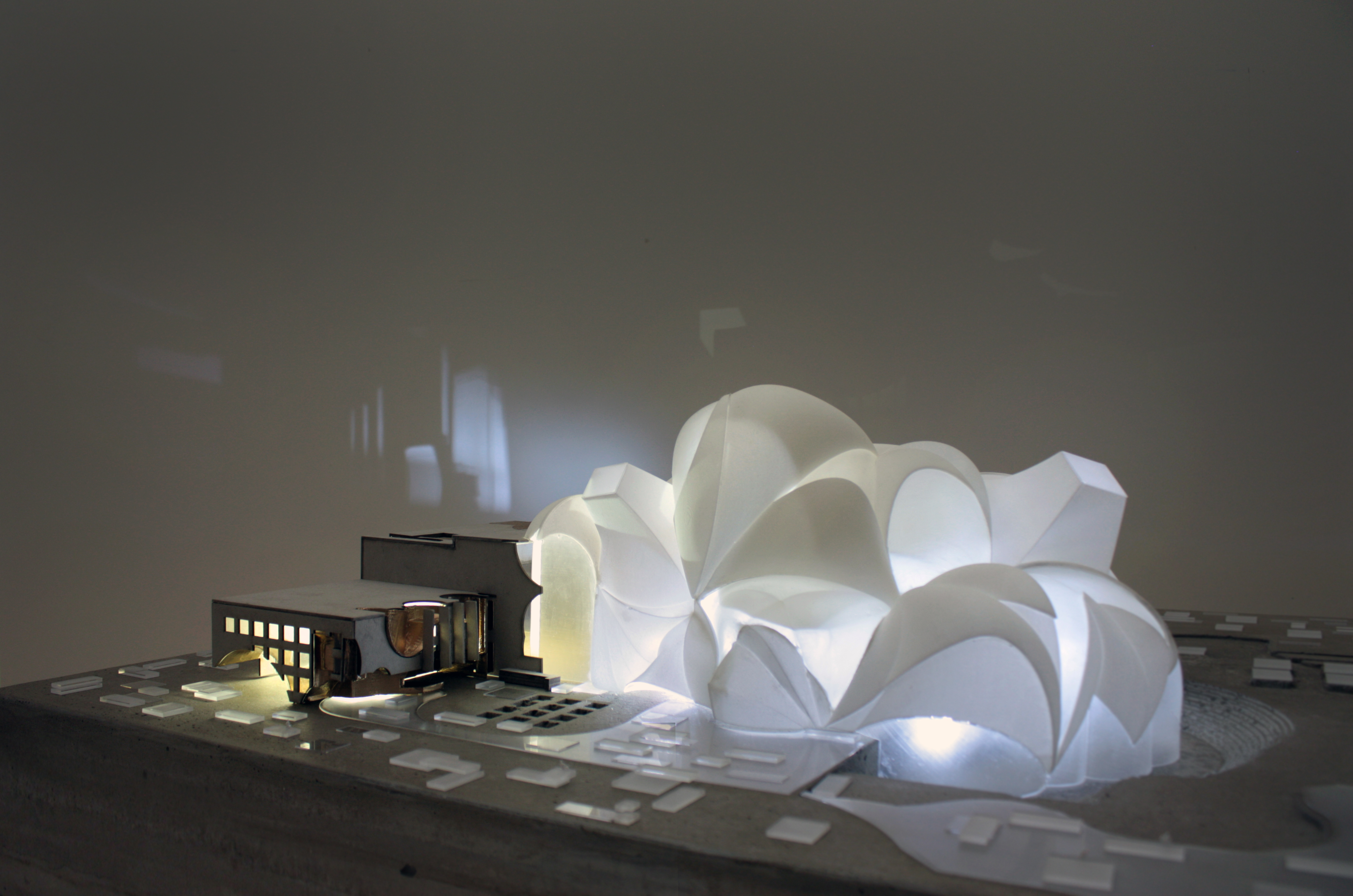
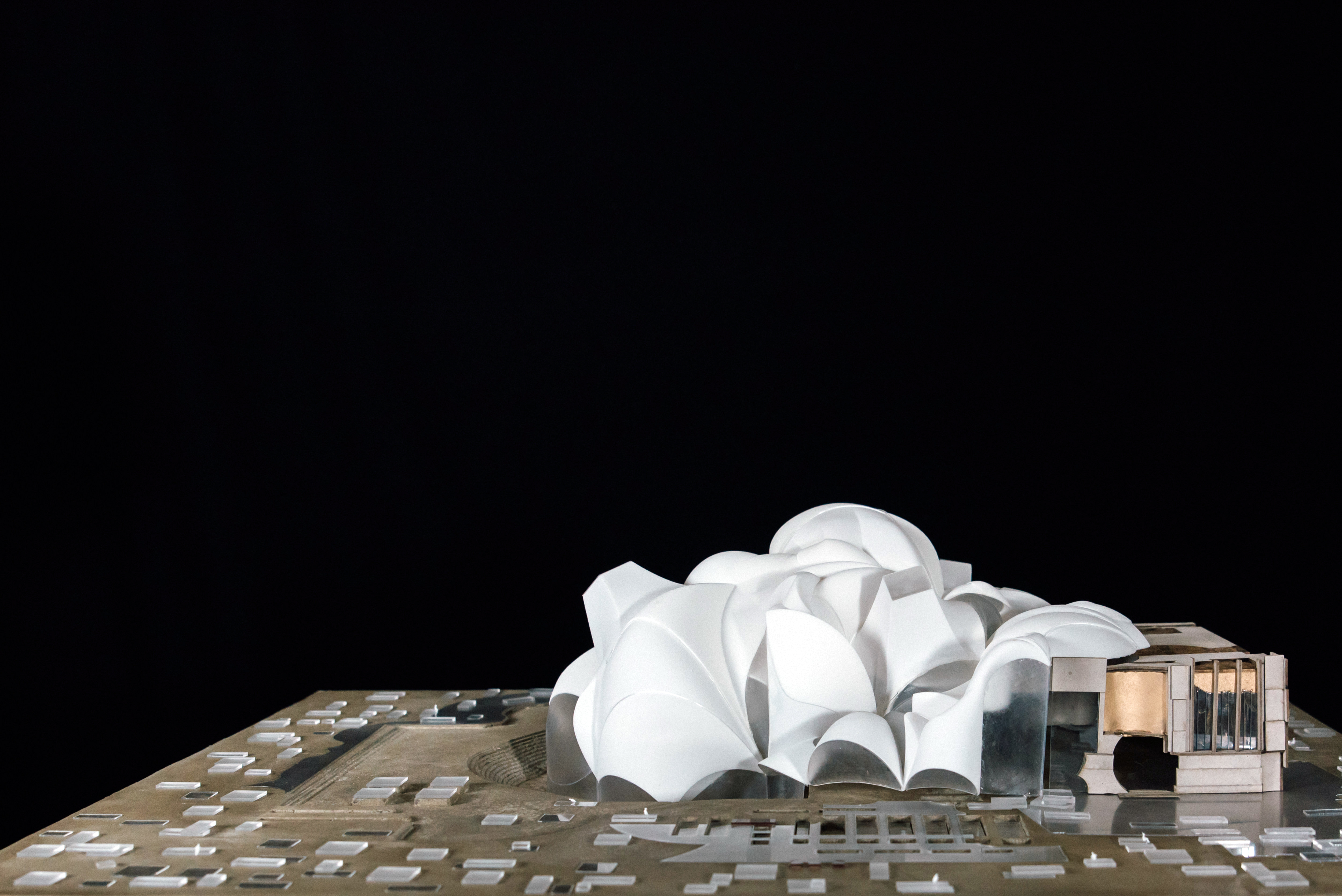
 Building’s facade and ground relation
Building’s facade and ground relationExploring the industrial, urban and wild landscape with all its layers of history and material traces reveals a pluralistic, controversial and metaphysical picture of dark and light spaces where the organic space of the body and the social space are not identified as separated anymore.
As the landscape and its atom city are irreversibly altered the issue of ecological restoration find its position in taking account of the natural dynamism in ecological system, as well as considering how social, cultural and political meanings might themselves be incorporated. Instead of looking to the past, we should strive to repair damaged landscapes to produce active living systems that meet human goals.

 Plan Ground level +3
Plan Ground level +3
Longitudinal section
